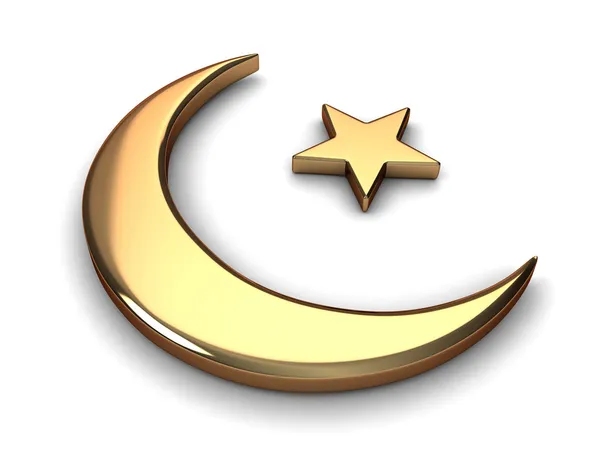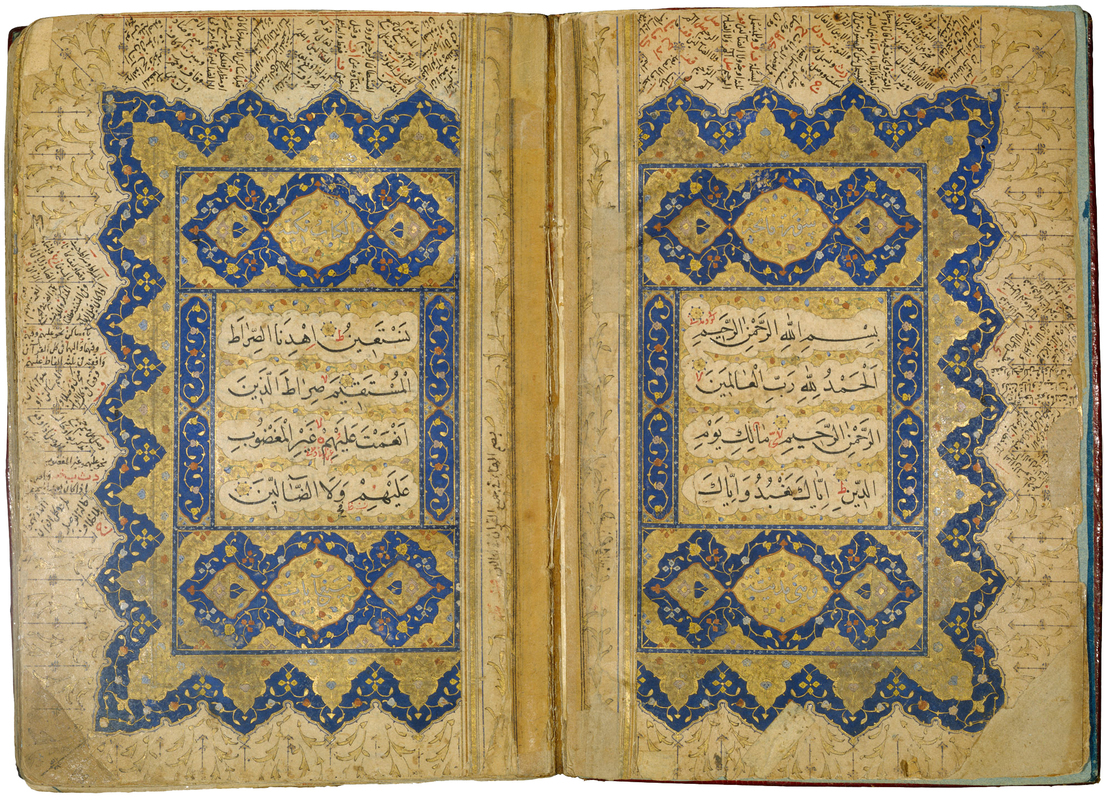What holidays
What holidays do Muslims have
Muslims use the lunar calendar, so the dates of the holidays relative to the generally accepted Gregorian calendar shift annually.
One of the main holidays is the sacrifice, which in Russia is known under the Turkic name Eid al-Adha. On this day, Muslims sacrifice animals in memory of the prophet Ibrahim (Abraham) and his willingness to sacrifice his own son to God. The holiday of breaking the fast (in Turkic Eid al-Fitr) ends the fast in the month of Ramadan.
Muslims believe that on the 27th of the month of Ramadan, on the so-called Night of Predestination, God decides on the fate of each person.
It is believed that it was on this night that Muhammad received the first divine revelation. Shiites, in addition to general Islamic holidays, celebrate the birthday of Imam Ali and some other dates.
How Muslim women dress
It is easy to see that the degree of closeness of women’s clothing in different Muslim regions is very different – for example, the veil, burqa and niqab are designed to completely hide the female figure and face from prying eyes, while the hijab leaves the face open.

The tradition of wearing this or that clothing is due more to local traditions than to the injunctions of the Koran, which are quite general. So, in the Quran in the 24th sura (“Light”) we read: “Tell the believing women to lower their eyes and keep their modesty.
And not to flaunt their beauty; they did not dress up and did not make up for the sake of attracting the attention of strangers to themselves, except for what was obvious.
And let them throw a scarf over their chest. Let them not display their beauty except to their husbands, relatives, servants or small children.
The burkini, the bathing suit that recently sparked a frenzy in France, was designed in this century by Lebanese-Australian designer Aheda Zanetti, who launched her own brand of Muslim sportswear in 2004.
Burkinis, according to Zanetti, are popular not only among Muslim women, but also among followers of Judaism, Hinduism, and even some Christian denominations.
Are images forbidden in Islam?
It is widely believed that images of people and animals are forbidden in Islam. However, there is no such prohibition in the Quran itself.
True, the hadiths say that angels do not enter a house where there are such images, and God calls a sinner one who tries to create, becoming like the Almighty: “Verily, those who depict will experience torment on the Day of Judgment.
It will be said to them: “Relive what you have created.” One Muslim parable says that the sage Ibn Abbas, when asked “Can I draw animals?” answered: “It is possible, but deprive them of their heads so that they do not look like living beings, or try to make them resemble flowers.”
In some Islamic regions – Iran, Central Asia – people and animals were traditionally depicted on book miniatures, illustrating famous poetic works or historical works.
A vivid example of this is the Persian miniature, on which you can see images not only of ordinary mortals, but even of the Prophet Muhammad himself. Such miniatures were considered conventional enough not to contradict the ban on realistic images.
In the Arab countries, where the ban on the image was usually interpreted more strictly, calligraphy flourished mainly – calligraphic images adorn the walls of mosques and the pages of books.
Nevertheless, a few illustrated Arabic manuscripts with images of living beings have come down to us.
As for photographs, most Muslim theologians allow to be photographed if necessary – for example, for a passport. There is no consensus about amateur photos, but even liberal spiritual authorities recommend storing photos of family members in albums, and not keeping them in plain sight.
How is the mosque

Architecturally, the buildings of mosques are diverse, but there are also obligatory elements: as a rule, each mosque has one or more minarets – towers from which the call to prayer is heard five times a day.
During the Islamic conquests of Christian countries, Christian churches were turned into mosques by attaching minarets to them (remember, for example, the Hagia Sophia, turned into the Hagia Sophia mosque in Istanbul). Inside the mosque, in the prayer hall, there is always a special niche in the wall – the mihrab.
She indicates to the worshipers in which direction Mecca is located. The believers must enter the mosque after taking a bath and removing their shoes. Women and men pray separately.
The functions of a clergyman are performed by a mullah (Arabic for “master”).
What is Sharia and Adat
Sharia – Muslim law based on the Koran and the Sunnah – covers all spheres of Muslim life: family and criminal law, dogmatics, religious worship, ethics.
Islam does not distinguish between secular and religious spheres of life, therefore the legal system of most Muslim countries is based on Sharia.
In some Muslim communities, in addition, there are local pre-Islamic customs – adat. Moreover, sometimes – as, for example, with the traditions of blood feud, female circumcision or bride kidnapping – they contradict the norms of Sharia.
Muslim jurists fought against adat, but this struggle often remained unsuccessful, and the norms of adat and Sharia influenced each other. Some forms of adat faded into oblivion over time, but others still play an important role in various Muslim regions.
